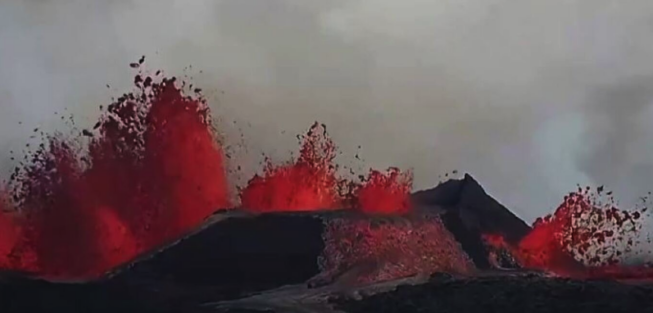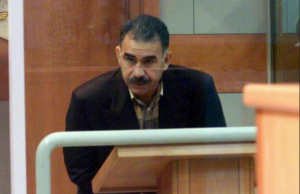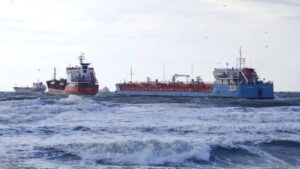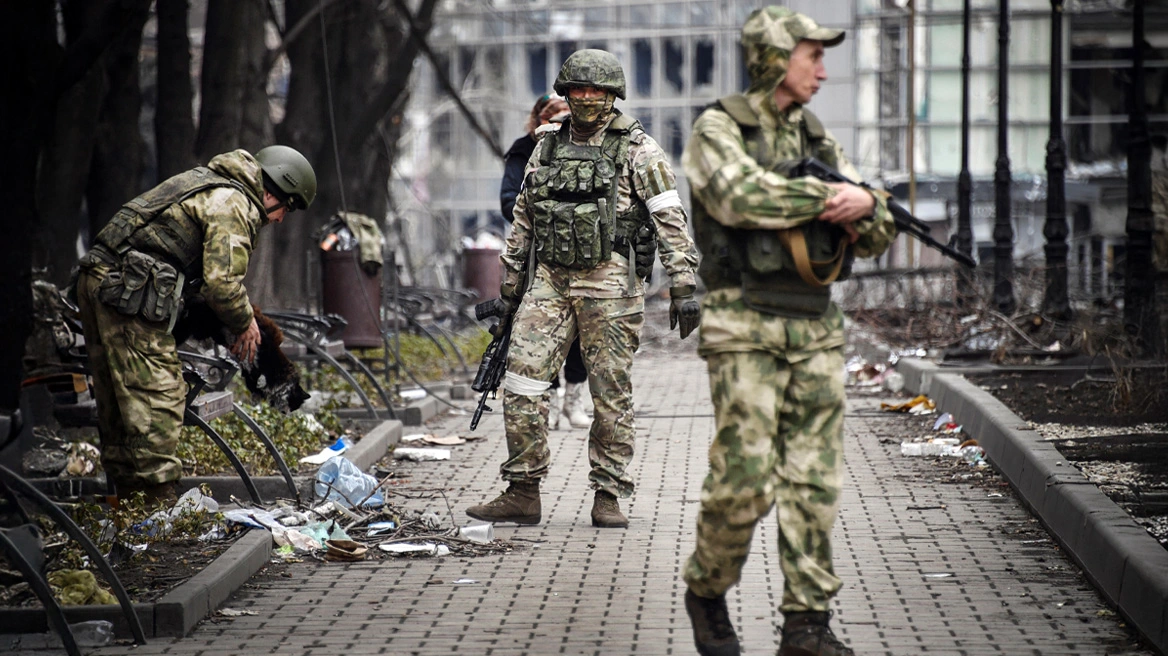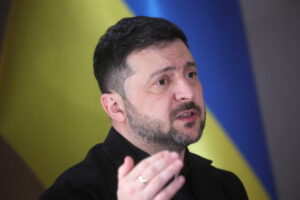A volcano on Iceland’s Reykjanes peninsula continued to spew lava and emit smoke for a second day today, but winds are expected to remove the poisonous gases from the capital Reykjavik, authorities said.
The eruption, the fifth in a row since December, was the strongest in the region since volcanic systems on the Reykjanes peninsula became active three years ago, having remained dormant for eight centuries, according to Iceland’s Meteorological Service.
A volcano in southwestern Iceland sent glowing hot lava shooting 50 meters into the air, its fifth eruption since December and the most powerful one since its volcanic system became active three years ago https://t.co/n83b4HwJOO pic.twitter.com/Ofzc4UHsb5
— Reuters (@Reuters) May 30, 2024
In the town of Grindavik, where only a few residents returned after several homes were destroyed by lava earlier this year, an evacuation order was again issued as it is close to the outdoor hot springs of the Blue Lake, a key tourist attraction.
Volcanic activity subsided late yesterday and remained stable overnight, the civil protection agency said in a statement.
There were no reports of injuries.
A new #volcano erupted on the #Reykjanes peninsula in southwestern #Iceland, with a fissure more than a kilometre long spilling glowing orange lava and clouds of white smoke. The eruption is the 5th in six months on the Reykjanes peninsula. #eruption #Grindavík pic.twitter.com/oNhzwxFS7W
— Shanghai Daily (@shanghaidaily) May 30, 2024
“Westerly winds are expected today and gas pollution may then spread eastwards over southern Iceland,” the service said.
Sensors showed air quality remained “very good” in and around the capital while a station closer to the blast site showed it was not suitable for vulnerable groups.
A river of lava was yesterday flowing down the main road to Grindavik, while images in local media today showed it was partly covered by black volcanic rock. Keflavik airport was operating normally.
Ask me anything
Explore related questions
